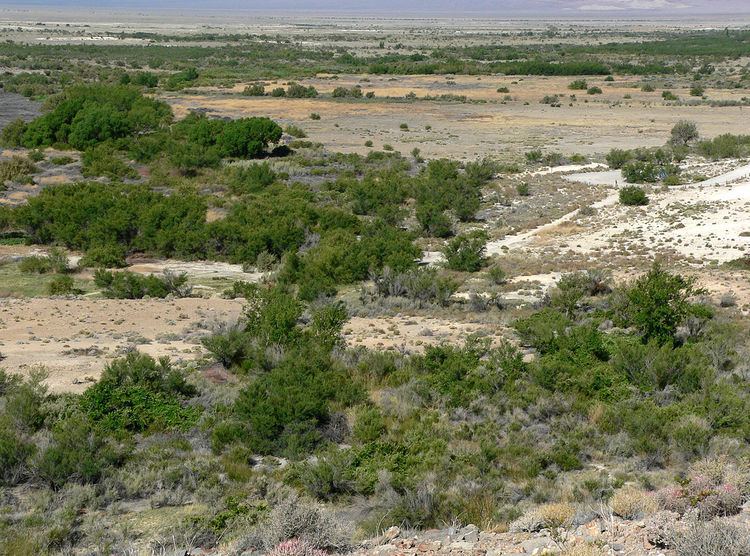Designated December 18, 1986 Phone +1 775-372-5435 | Area 23,000 acres (93 km) Established 1984 | |
 | ||
Governing body U.S. Fish and Wildlife Service Website Ash Meadows National Wildlife Refuge Hours Open today · 8:30AM–4PMSunday8:30AM–4PMMonday8:30AM–4PMTuesday8:30AM–4PMWednesday8:30AM–4PMThursday8:30AM–4PMFriday8:30AM–4PMSaturday8:30AM–4PM Similar Cherry Patch Bar, Longstreet Inn Casino & RV Res, Amargosa Opera House an, Nevada Treasure RV Resort, Alamo Fireworks Profiles | ||
The Ash Meadows National Wildlife Refuge is a protected wildlife refuge located in the Amargosa Valley of southern Nye County, in southwestern Nevada. It is directly east of Death Valley National Park, and is 90 mi (140 km) west-northwest of Las Vegas.
Contents
- Ash meadows national wildlife refuge
- GeographyEdit
- Natural historyEdit
- Endemic plants and animalsEdit
- Endemic floraEdit
- DiscoveriesEdit
- References
The refuge was created on June 18, 1984 to protect an extremely rare desert oasis in the Southwestern United States. It is administered by the U.S. Fish and Wildlife Service.
Ash meadows national wildlife refuge
GeographyEdit
The 23,000-acre (9,300 ha) Ash Meadows National Wildlife Refuge is part of the larger Desert National Wildlife Refuge Complex, which also includes: the Desert National Wildlife Refuge, the Moapa Valley National Wildlife Refuge, and the Pahranagat National Wildlife Refuge.
Ash Meadows is within the Amargosa Desert, of the Mojave Desert ecoregion. The Amargosa River is a visible part of the valley hydrology, and has seasonal surface flow passing southwards adjacent to the preserve, to later enter Death Valley.
Natural historyEdit
Ash Meadows provides a valuable and unprecedented example of desert oases habitats, that have become extremely uncommon in the southwestern deserts. The refuge is a major discharge point for a vast underground aquifer water system, reaching more than 100 mi (160 km) to the northeast. Water-bearing strata come to the surface in more than thirty seeps and springs, providing a rich, complex variety of mesic habitats.
Virtually all of the water at Ash Meadows is fossil water, believed to have entered the ground water system tens of thousands of years ago.
Numerous stream channels and wetlands are scattered throughout the refuge. To the north and west are the remnants of Carson Slough, which was drained and mined for its peat in the 1960s. Sand dunes occur in the western and southern parts of the refuge.
Endemic plants and animalsEdit
Ash Meadows National Wildlife Refuge was established to provide and protect habitat for at least twentysix endemic plants and animals, meaning they are found nowhere else in the world. Four fish and one plant are currently listed as endangered species.
The concentration of locally exclusive flora and fauna distinguishes Ash Meadows as having the greatest concentration of endemic biota in any local area within the United States. It has the second greatest local endemism concentration in all of North America.
Endemic floraEdit
There are many plants endemic to Ash Meadows, including:
DiscoveriesEdit
In 2010, Utah State University announced that a team from the school had discovered two new bee species in the genus Perdita at Ash Meadows.
